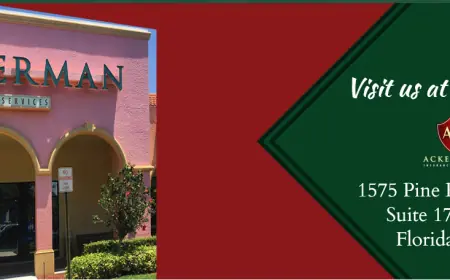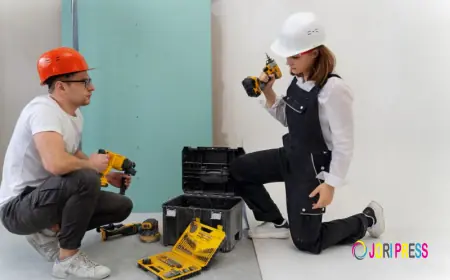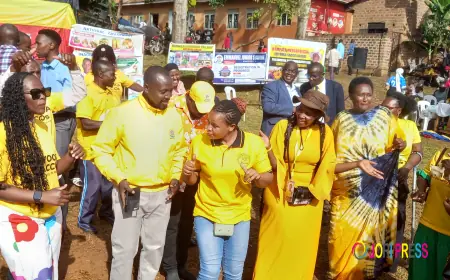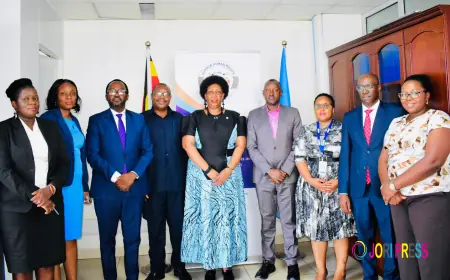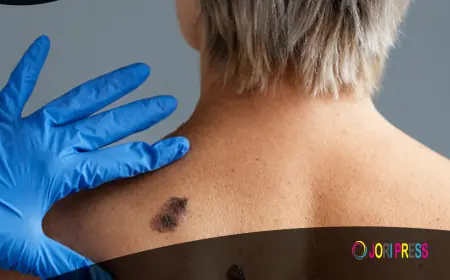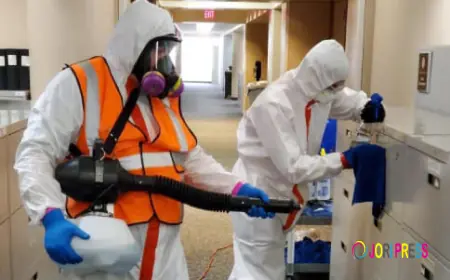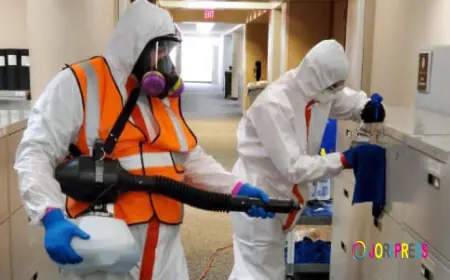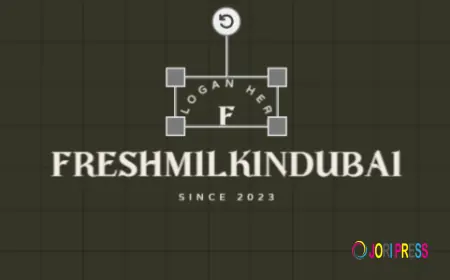Top Considerations for Revision Nose Surgery in Riyadh: What You Need to Know Before Your Second Procedure
Experienced plastic surgeons in Riyadh provide personalized rhinoplasty procedures to enhance beauty and boost confidence.
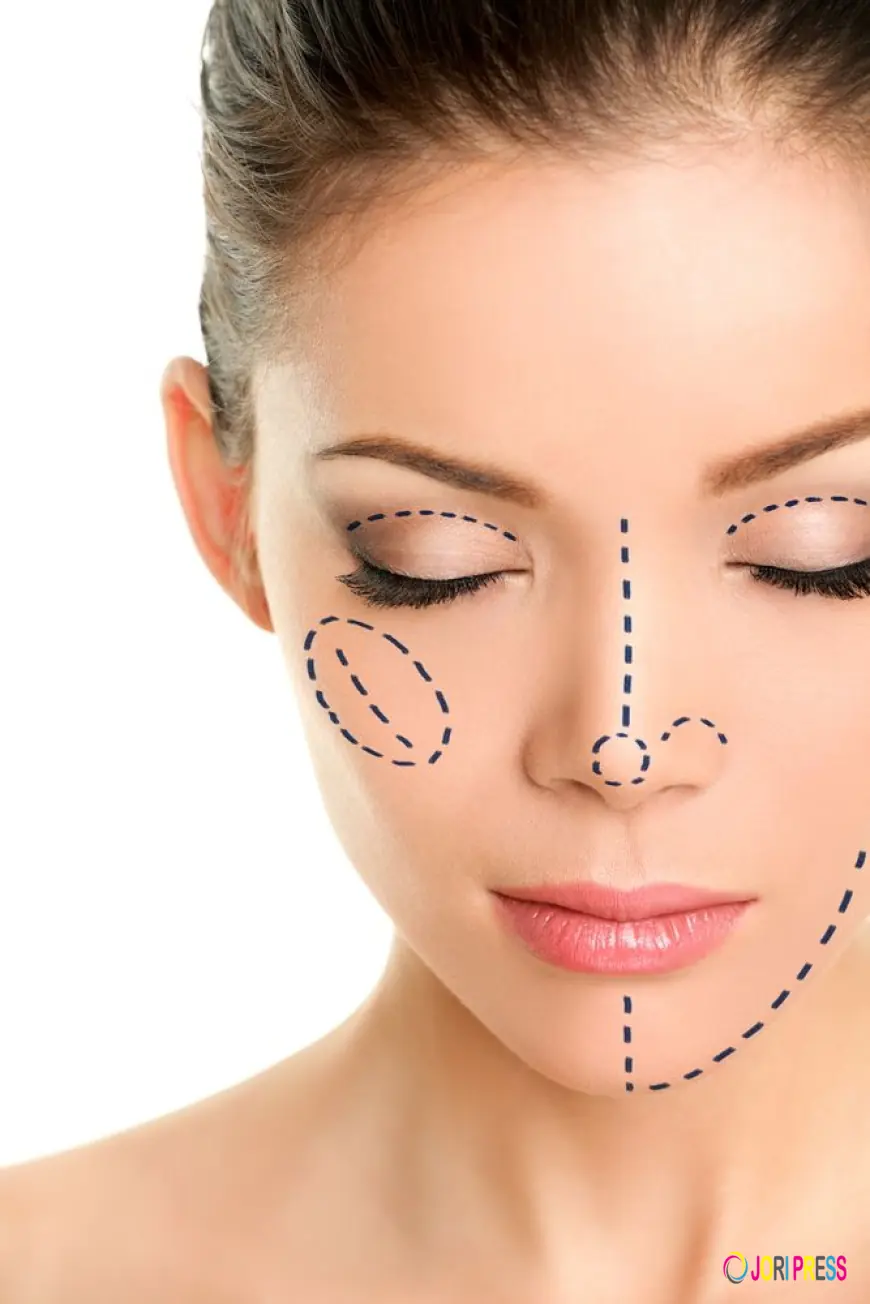
Introduction
Many patients who have undergone a primary rhinoplasty sometimes find themselves considering a second surgery to address unsatisfactory results or functional issues. If you are looking into revision options, it’s essential to approach this with knowledge and care. Rhinoplasty in Riyadh offers advanced solutions for revision cases that require unique techniques and experience. This guide covers everything you need to know about preparing for, choosing, and recovering from revision nose surgery in Riyadh.
Table of Content:
-
Introduction
-
Why Revision Rhinoplasty is Different
-
Common Reasons for Revision Surgery
-
Assessing Your Nose Before Revision Surgery
-
Surgical Techniques Used in Revision Cases
-
Importance of Structural Support & Grafting
-
Skin & Surface Preparation: The Role of Hydrafacial
-
Recovery Expectations & Risks for Revision Patients
-
Choosing the Right Clinic & Surgeon for Revision
-
FAQs
-
Conclusion & Call to Action
Why Revision Rhinoplasty is Different
-
Complexity: Revision surgery is often more complex than the initial procedure due to scar tissue, altered anatomy, or weakened cartilage.
-
Expectations: Patients often have high expectations; realistic communication with your surgeon is vital.
-
Healing: Scar tissue and previous alterations can affect healing times and risks.
Common Reasons for Revision Surgery
-
Unsatisfactory aesthetic results: asymmetry, tip deformities, over/under‑resection.
-
Breathing difficulties due to internal valve collapse or septal issues.
-
Persistent swelling or irregularities that didn’t resolve after primary surgery.
-
Trauma or injury after the first surgery.
-
Desire for further refinement after initial healing.
Assessing Your Nose Before Revision Surgery
-
Comprehensive evaluation including physical exam, history of prior surgeries, imaging if necessary.
-
Identify structural weaknesses, scar tissue extent, skin quality, cartilage availability.
-
Understand your skin type, thickness, and how that may affect outcomes.
Surgical Techniques Used in Revision Cases
-
Open rhinoplasty approach often preferred for better visibility.
-
Use of cartilage grafts from septum, ear, or rib to rebuild weakened areas.
-
Bone reshaping or augmentation if needed.
-
Soft tissue management to address scarring or irregularities.
-
Preservation techniques where possible to minimize further damage.
Importance of Structural Support & Grafting
-
Structural integrity is key to long-term results, especially in revision cases.
-
Cartilage grafting helps reconstruct tip support, dorsal height, nasal valves.
-
Rib cartilage often needed if septal cartilage was depleted in primary surgery.
Skin & Surface Preparation: The Role of Hydrafacial
-
Healthy skin supports better healing and reduces visible scarring.
-
Hydrafacial can be used before surgery to optimize skin hydration and clarity.
-
Post-surgery, Hydrafacial (with surgeon approval) helps reduce redness and improve texture during recovery.
Recovery Expectations & Risks for Revision Patients
-
Healing may take longer than primary surgery due to scar tissue.
-
Slightly higher risk of complications (infection, graft issues).
-
Swelling and bruising may be more pronounced but will gradually subside.
-
Follow post-op instructions strictly for best results.
Choosing the Right Clinic & Surgeon for Revision
-
Select clinics with proven revision rhinoplasty expertise.
-
Review before/after photos of revision cases.
-
Ensure surgeon communicates openly about risks and realistic outcomes.
-
Confirm availability of comprehensive post-op care including skin treatments.
FAQ's:
How long should I wait after primary rhinoplasty before considering revision?
Typically, at least 12 months to allow full healing and tissue stabilization.
Can revision rhinoplasty improve breathing issues caused by the first surgery?
Yes, functional correction is often a major goal alongside cosmetic improvement.
Is Hydrafacial safe after revision rhinoplasty?
Yes, once the surgeon confirms your skin has healed adequately, Hydrafacial can help with skin texture and redness.
Will revision surgery always require cartilage from the rib?
Not always, but it’s common if septal cartilage was used or depleted in the first surgery.
Conclusion
Revision nose surgery requires specialized skills and a comprehensive approach to ensure improved appearance and function. If you’re considering revision Rhinoplasty in Riyadh, choosing the right clinic with expertise in revision techniques and skin care support, including Hydrafacial, is essential. Contact Royal Clinic Saudia today for a personalized consultation to discuss your revision options and start your journey toward a balanced, natural-looking nose and improved breathing.
What's Your Reaction?
 Like
0
Like
0
 Dislike
0
Dislike
0
 Love
0
Love
0
 Funny
0
Funny
0
 Angry
0
Angry
0
 Sad
0
Sad
0
 Wow
0
Wow
0
